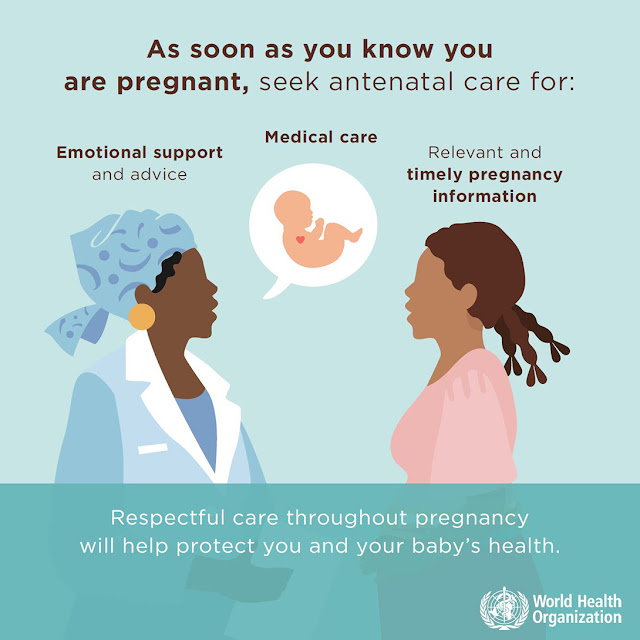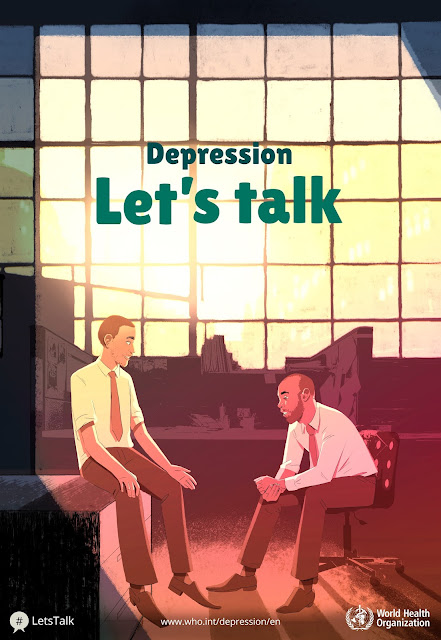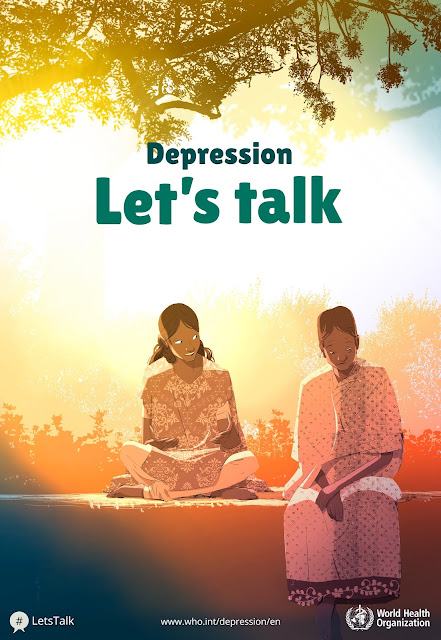 |
| Source: American Heart Association |
About Stroke
A stroke or cerebrovascular accident occurs when the blood supply to part of the brain is suddenly interrupted or when a blood vessel in the brain bursts, spilling blood into the spaces surrounding brain cells.
Brain cells die when they no longer receive oxygen and nutrients from the blood or there is sudden bleeding into or around the brain.
Death or permanent disability can result. High blood pressure, smoking, and having had a previous stroke or heart attack increase a person’s chances of having a stroke.
Stroke is the fifth leading cause of death in the United Sates. In 2014, stroke killed more than 133,000 people, accounting for about 1 of every 20 deaths in the United States. According to the American Heart Association, about 795,000 people in the United States suffer a stroke each year (about 610,000 first attacks and 185,000 recurrent attacks). Four million Americans who have survived a stroke are living with impairments and 15% to 30% are permanently disabled. The American Heart Association also estimates that stroke cost about $33 billion in both direct and indirect costs in 2011 in the United States alone.
Brain cells die when they no longer receive oxygen and nutrients from the blood or there is sudden bleeding into or around the brain.
Death or permanent disability can result. High blood pressure, smoking, and having had a previous stroke or heart attack increase a person’s chances of having a stroke.
Stroke is the fifth leading cause of death in the United Sates. In 2014, stroke killed more than 133,000 people, accounting for about 1 of every 20 deaths in the United States. According to the American Heart Association, about 795,000 people in the United States suffer a stroke each year (about 610,000 first attacks and 185,000 recurrent attacks). Four million Americans who have survived a stroke are living with impairments and 15% to 30% are permanently disabled. The American Heart Association also estimates that stroke cost about $33 billion in both direct and indirect costs in 2011 in the United States alone.
What Happens During a Stroke?
To understand stroke, it helps to understand something about the brain. The brain controls our movements; stores our memories; and is the source of our thoughts, emotions, and language. The brain also controls many functions of the body, like breathing and digestion.
To work properly, your brain needs oxygen. Although your brain makes up only 2% of your body weight, it uses 20% of the oxygen you breathe.1 Your arteries deliver oxygen-rich blood to all parts of your brain.
If something happens to interrupt the flow of blood, brain cells start to die within minutes because they can’t get oxygen. This is called a stroke. Sudden bleeding in the brain also can cause a stroke if it damages brain cells. A stroke can cause lasting brain damage, long-term disability, or even death.
If brain cells die or are damaged because of a stroke, symptoms of that damage start to show in the parts of the body controlled by those brain cells.
 |
| Source: CDC; Interactive Atlas of Heart Disease and Stroke |
Types of Stroke
The main types of stroke are:
- Ischemic stroke.
- Hemorrhagic stroke.
- Transient ischemic attack (a warning or “mini-stroke”).
Ischemic Stroke
Most strokes (85%) are ischemic strokes. If you have an ischemic stroke, the artery that supplies oxygen-rich blood to the brain becomes blocked.
Blood clots often cause the blockages that lead to ischemic strokes. Read more about factors that increase risk for ischemic stroke.
Hemorrhagic Stroke
A hemorrhagic stroke occurs when an artery in the brain leaks blood or ruptures (breaks open). The leaked blood puts too much pressure on brain cells, which damages them.
High blood pressure and aneurysms—balloon-like bulges in an artery that can stretch and burst—are examples of conditions that can cause a hemorrhagic stroke.
There are two types of hemorrhagic strokes:
- Intracerebral hemorrhage is the most common type of hemorrhagic stroke. It occurs when an artery in the brain bursts, flooding the surrounding tissue with blood.
- Subarachnoid hemorrhage is a less common type of hemorrhagic stroke. It refers to bleeding in the area between the brain and the thin tissues that cover it.
Trancient Ischemic Attack (TIA)
A transient ischemic attack (TIA) is sometimes called a "mini-stroke." It is different from the major types of stroke because blood flow to the brain is blocked for only a short time—usually no more than 5 minutes.
It is important to know that
- A TIA is a warning sign of a future stroke.
- A TIA is a medical emergency, just like a major stroke.
- Strokes and TIAs require emergency care. Call 9-1-1 (or your National Emergency Number, red.) right away if you feel signs of a stroke or see symptoms in someone around you.
- There is no way to know in the beginning whether symptoms are from a TIA or from a major type of stroke.
- Like ischemic strokes, blood clots often cause TIAs.
- More than a third of people who have a TIA end up having a major stroke within 1 year if they don’t receive treatment, and 10%-15% will have a major stroke within 3 months of a TIA.
Recognizing and treating TIAs can reduce the risk of a major stroke. If you have a TIA, your health care team can find the cause and take steps to prevent a major stroke.
 |
| Source: CDC |
Is There Any Treatment?
Generally there are three treatment stages for stroke:
- prevention,
- therapy immediately after the stroke, and
- post-stroke rehabilitation.
Therapies to prevent a first or recurrent stroke are based on treating an individual's underlying risk factors for stroke, such as hypertension, atrial fibrillation, and diabetes.
Acute stroke therapies try to stop a stroke while it is happening by quickly dissolving the blood clot causing an ischemic stroke or by stopping the bleeding of a hemorrhagic stroke.
Post-stroke rehabilitation helps individuals overcome disabilities that result from stroke damage.
Acute stroke therapies try to stop a stroke while it is happening by quickly dissolving the blood clot causing an ischemic stroke or by stopping the bleeding of a hemorrhagic stroke.
Post-stroke rehabilitation helps individuals overcome disabilities that result from stroke damage.
Acting F.A.S.T. is a Key for Stroke
Acting F.A.S.T. can help stroke patients get the treatments they desperately need. The most effective stroke treatments are only available if the stroke is recognized and diagnosed within 3 hours of the first symptoms. Stroke patients may not be eligible for the most effective treatments if they don’t arrive at the hospital in time.
If you think someone may be having a stroke, act F.A.S.T. and do the following simple test:
F—Face:
A—Arms:
S—Speech:
T—Time:
Note the time when any symptoms first appear. Some treatments for stroke only work if given in the first 3 hours after symptoms appear. Do not drive to the hospital or let someone else drive you. Call an ambulance so that medical personnel can begin life-saving treatment on the way to the emergency room.
S—Speech:
T—Time:
Stroke - Myth V.S. Fact
Although stroke is the fifth leading cause of death in America and a leading cause of adult disability, many myths surround this disease.
 |
| Source: National Stroke Association |
Sources:











